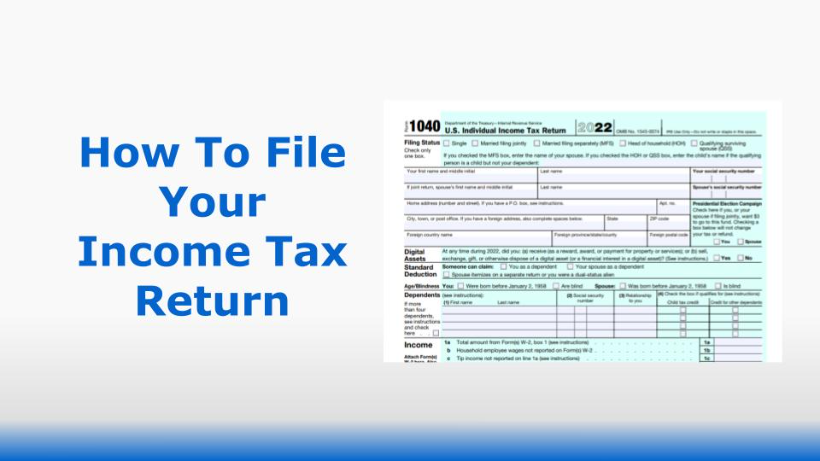Tax-savvy ways to save for your kid’s college expenses
Published:
The tax code provides several ways to defer or avoid taxes while saving for your child’s education.
The tax code provides several ways to defer or avoid taxes while saving for your child’s education.
For parents or grandparents of newborns or young children, perhaps the best way to save for their college education is with a Qualified Tuition Program, also known as a Section 529 Plan.
READ: Get smart and skip tax refunds
Contributions to a 529 Plan are not deductible, but distributions are tax free as long as they are used to pay for the qualified higher education expenses of the designated beneficiary. Qualified expenses include tuition, required fees, books and supplies. For someone who is at least a half-time student, room and board also qualifies.
There are no statutory limitations to the amount that can be contributed to a 529 Plan, other than that they cannot be more than the amount necessary to provide for the qualified education expenses of the beneficiary. The amount each person can contribute is based on the annual gift tax exclusion. There is no adjusted gross income or modified adjusted gross income income phaseout — anyone can contribute to a 529 Plan regardless of income or relationship.
What if the beneficiary of the 529 Plan decides not to go to college, or gets a full scholarship? Or if the balance that has accrued in the plan is more than the qualified education expenses of the beneficiary? In such situations you can change the beneficiary to another family member or transfer the money to the 529 Plan of another family member.
You can also save for college using a Coverdell Education Savings Account. Parents and family members can contribute up to a maximum of $2,000 per student beneficiary per year to a Coverdell ESA.
As with a 529 Plan, contributions to a Coverdell are not deductible, but distributions are tax free if they are used for the beneficiary’s qualified education expenses at an eligible institution.
What is good about a Coverdell is that distributions can be used for qualified education expenses for kindergarten through 12th grade as well as college and graduate school. Qualified expenses include tuition, fees, books, supplies and equipment (although not computers) as well as room and board for students who are enrolled at least half-time. You can also use a distribution from an ESA to make a contribution to a 529 Plan. An eligible institution includes any public, private or religious school that provides elementary, secondary or post-secondary education as determined under state law.
Of course there is a “modified” AGI phaseout range: $95,000 to $110,000 for singles or separate filers and $190,000 to 220,000 for married couples filing a joint return.
You can claim an American Opportunity or Lifetime Learning credit for a student in the same year he or she takes a tax-free distribution from a Coverdell, as long as the same expenses are not used for both benefits.
And you can use US Series EE or Series I Savings Bonds to save for college. The interest on bonds may be tax free when the bonds are redeemed to pay qualified higher education expenses.
According to TreasuryDirect.gov, there are seven rules for qualifying for the exclusion of bond interest:
- Qualified higher education expenses must be incurred during the same tax year in which the bonds are redeemed;
- You must be at least 24 years old on the first day of the month in which you bought the bonds.
- When using bonds for your child’s education, the bonds must be registered in your name and/or your spouse’s name. Your child can be listed as a beneficiary on the bond, but not as an owner or co-owner.
- When using bonds for your own education, the bonds must be registered in your name.
- If you are married, you must file a joint return to qualify for the exclusion.
- You must meet certain income requirements (see below).
- Your post-secondary institution must qualify for the program by being a college, university or vocational school that meets the standard for federal assistance (such as guaranteed student loan programs).
The costs of books or room and board are not considered qualified education expenses for purposes of excluding savings bond interest, but contributions to a 529 Plan do qualify.
READ: How to avoid being audited
You must use the principal and interest from the bonds to pay qualified expenses to exclude the interest from your gross income. If the amount of eligible bonds you’ve cashed during the year exceeds the amount of qualified educational expenses paid during the year, the amount of excluded interest is reduced.
For 2012, the exclusion phaseout range begins to be reduced to $72,850 to $87,850 for single filers and $109,250 to $139,250 for married couples. Married couples must file jointly to be eligible for the exclusion.
With all of the above methods of saving for education, the amount of educational expenses used to determine the exclusion is reduced by the amount of any scholarships, fellowships, employer-provided educational assistance and other forms of tuition reduction.



